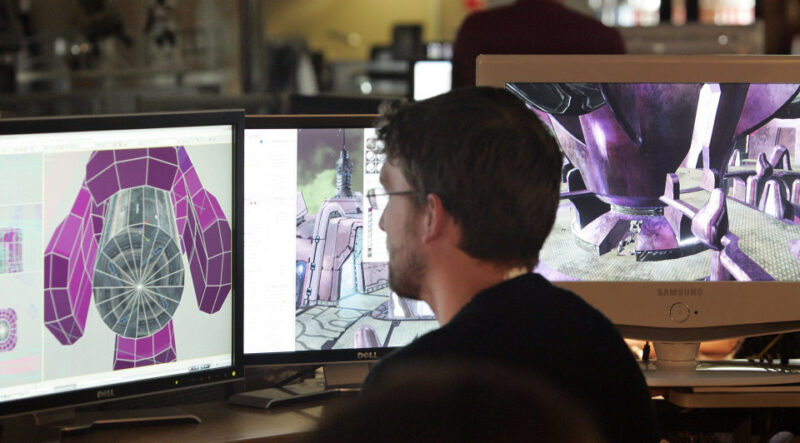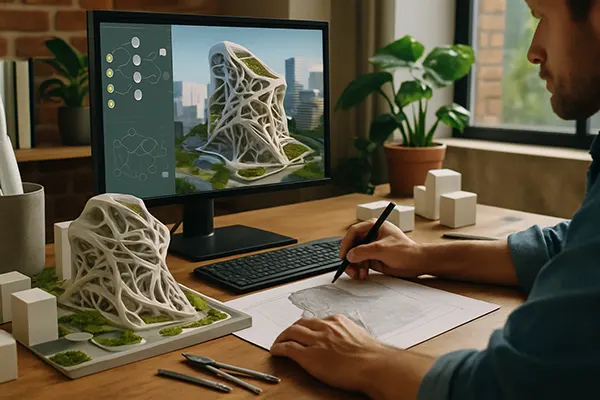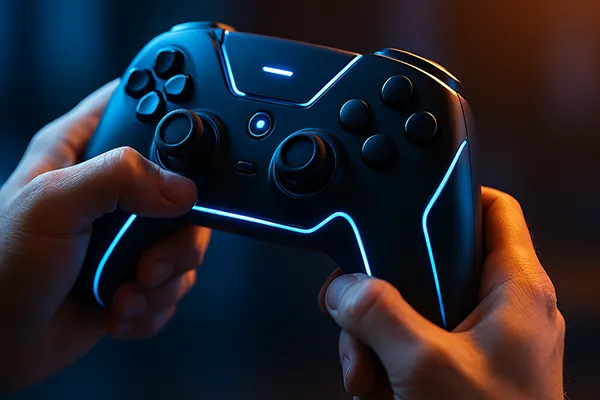5 game designer’s tools to help your game

For more than half a century now, video games have evolved rapidly. Their inception was the text-based The Oregon Trail, which today, although considered an iconic pioneer, is no match for today’s products. What’s more, the current products have become so realistic that it’s even scary at times. This is mostly true of VR titles.
Despite its seemingly impressive age (over 50 years), the games industry is still young. This is evident in the way it continues to grow actively with the latest technological solutions. In addition, the process of creating game products has become somewhat easier, and there are a lot of creative minds today. One of the biggest challenges in game development is design, which includes a number of important points. The top 5 tools can help with this.
Agile Statement
The trick to good design is to grab the gamer’s attention and provide them with a great gaming experience. There are many fun, exciting, colourful, melodic and other games available today. The variety of ideas is off the charts. Hence the question: how to stand out with your product from the rest? The answer: target audience and design.
The Agile Statement helps structure the work process and answer all related questions. Key points are written in the programme, like on a worksheet. The whole team sees them, and each member understands what they need to do. In addition, everyone understands what the product is, what its target audience is, what the idea is, etc.
Goal loops
There is a concept of goal loops. There is one thing missing from this model. Gamers do not always care about the main goal. They are interested in taking it as a basis to pursue others. Game designers need to keep this point in mind when creating a product. Goal loops help with goal loops.
Goal loops are four circles that describe a gamer’s objectives based on the time slots created and in the process of completing game tasks. Gamemakers write out these details to understand the player’s timeline and goals.

Map mechanics
Complex games have a complex system, making it difficult to get a holistic view. So there are different mechanics, but it is necessary to get an understanding of their influence on each other. This is where a mechanics map – a graph depicting each system and their interrelationships – can help. It is constructed until you have a complete connection of them all.
Diversity Matrix
A matrix allows you to list all the variables that affect the game elements. It is used to save time and effort, when developing certain details that gamers require. With the help of a matrix, variables can be mixed and matched. The result is a variety of combinations.
The trick is that each ability has 2 sides – positive and negative. The final balance depends on the gamer, or rather his choices. The matrix allows everything to be optimized during game development.
Hook and Anchor
Hook refers to a feature that makes a game product special. Essentially, it’s what makes a game stand out from others of its kind. The hook could be a character with the appearance of a famous actor, an original mechanic, an interesting story or textual accompaniment, etc.
The anchor is the conceptual opposite. In fact, due to such elements, the player seems to return to a familiar reality. He is in a familiar environment and also has a certain amount of control.







